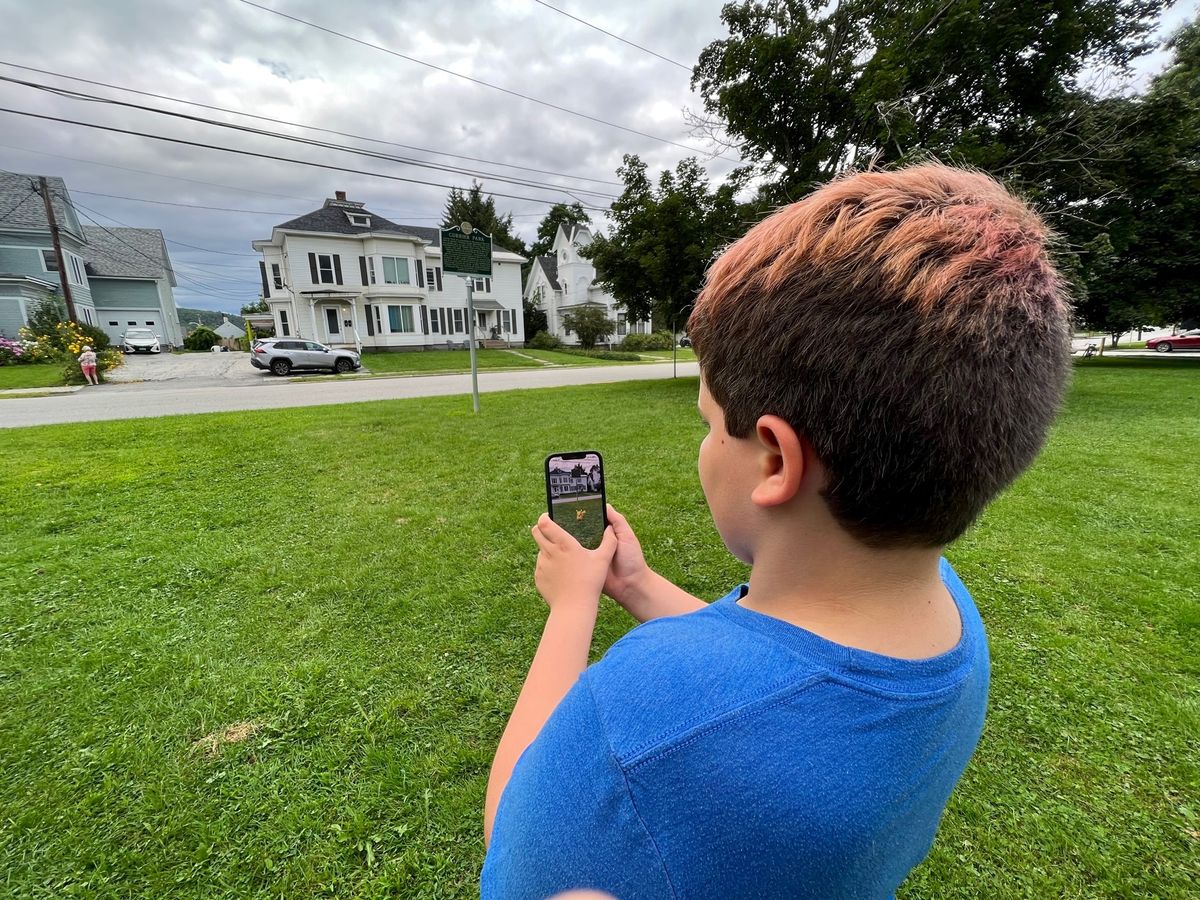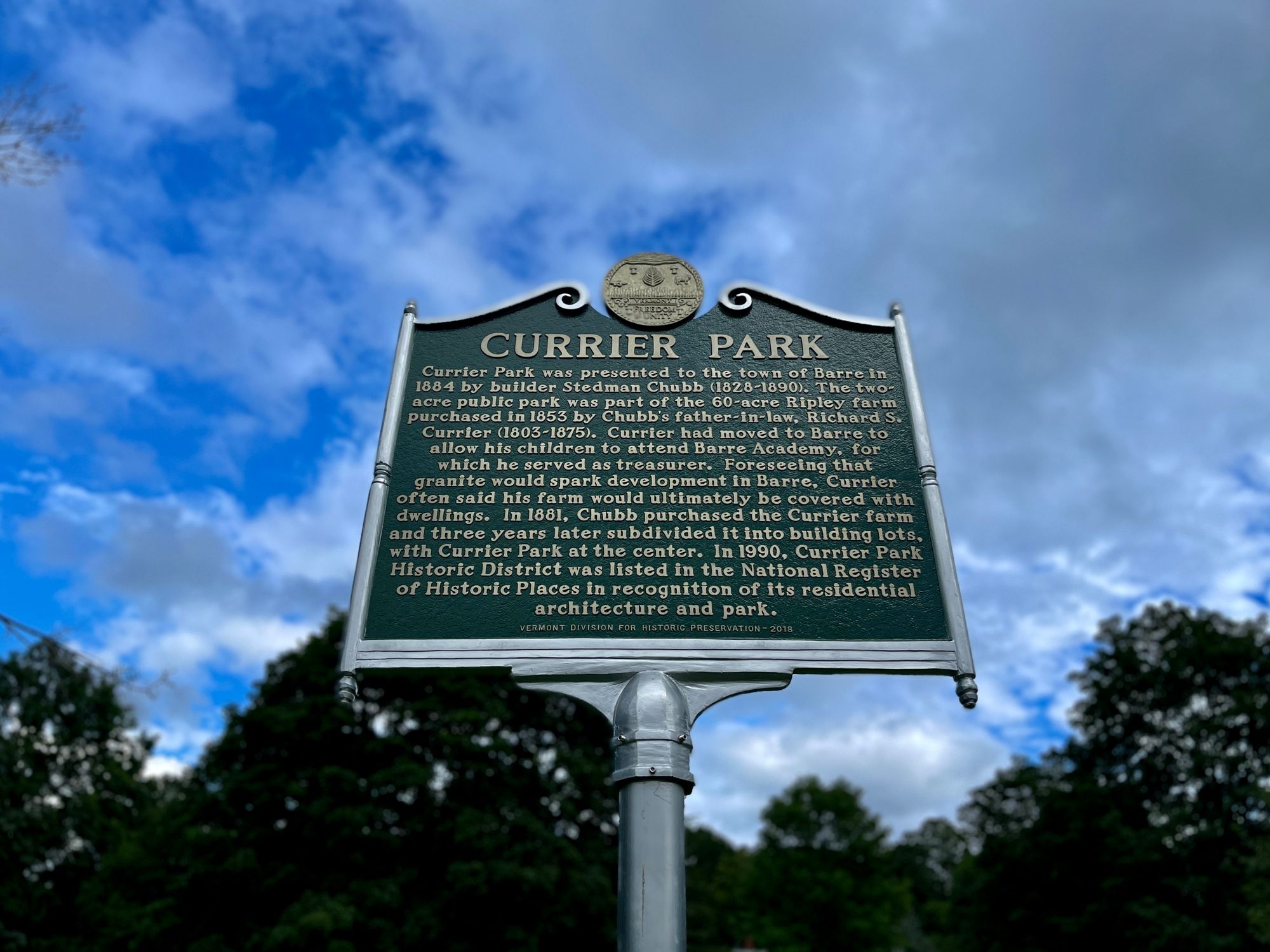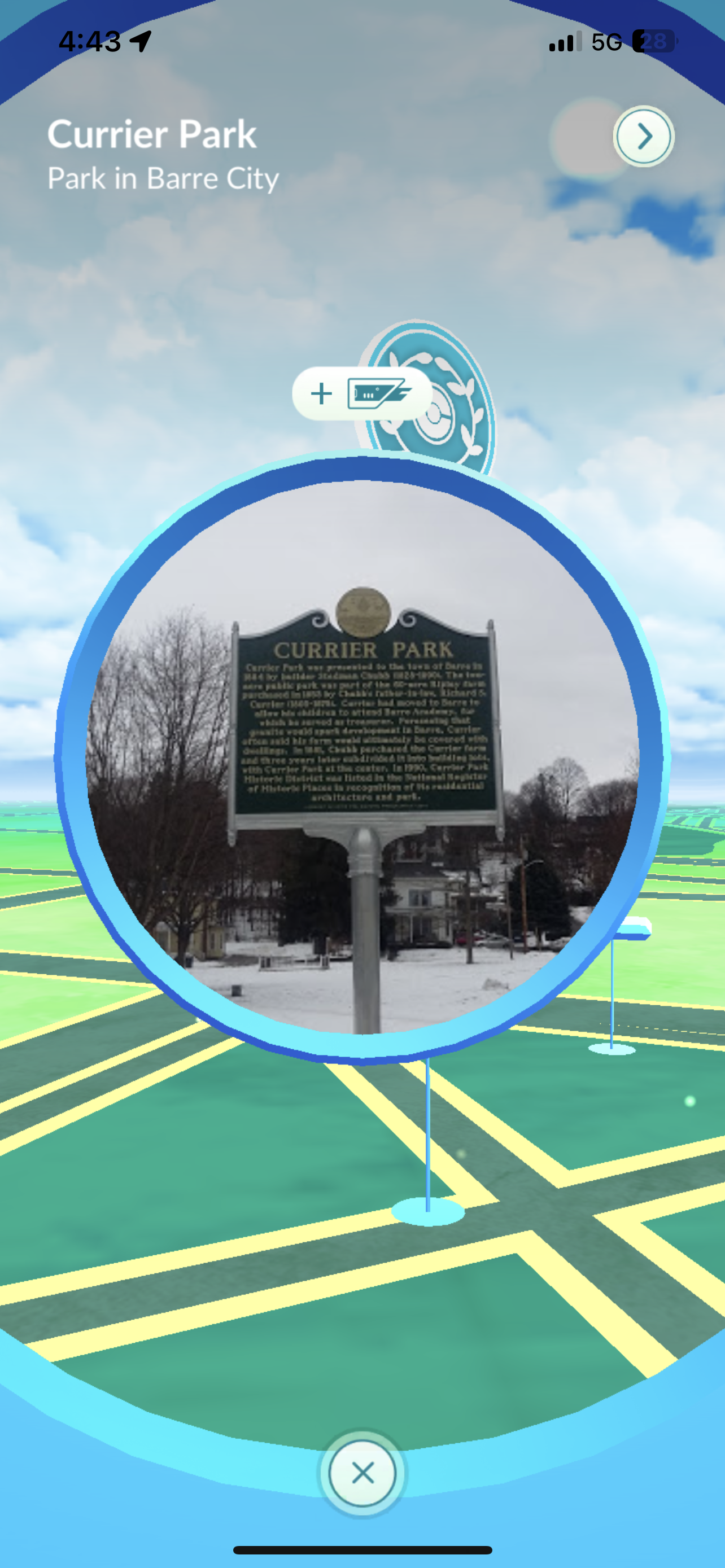Hidden gems
Discovering your local history with some help from some tiny pocket monsters

In 2016, a gaming studio called Niantic launched an "Augmented Reality" (AR) game called Pokémon GO, a new installment on the popular entertainment franchise. The game was a big deal when it launched: I remember looking at the traffic figures for The Verge, and every story was pulling in sky-high hits from our readers. There was a lot to cover: frantic New Yorkers causing traffic jams trying to catch a Vaporeon, Iranian officials banning the game, and a couple of dead bodies. The game had something like 230 million players at its start, and that meant a ton of people getting out and about trying out the game, and as a result, a lot of them started learning a bit more about their local communities.
The first Pokémon games came out in 1996, and ever since, it's captured the imagination of children and adults throughout the world through the card and video games, TV shows, movies, and merchandise that's followed. The basic concept of the franchise is that it's a world where trainers roam around capturing and befriending creatures called Pokémon.
The franchise has been popular because of its collaborative nature: players often work and play together to collect and advance in the various games. (It's worth watching this excellent explainer from Youtuber Kaptain Kristain to learn more about the premise, history, and appeal). When Pokémon GO arrived in 2016, it brought a new spin on the world by bringing it into the real world. Through an app on one's phone, players walk around and collect the creatures they encounter, and while they're doing so, they spin points in the game known as Pokestops or Gyms.

This is where things get interesting for us historians: the game uses digital maps to orient its players, and its uses the data in them to place those stops, designating certain criteria for where they were initially, automatically placed. Those locations were often community spots, like churches, libraries, statues, parks, and historic markers. In the years since the game launched, the company has opened the map up to players, allowing them to place requests for stops. The basic requirements for those stops is that they need to be interesting or educational, have a cool story, and have ready access (schools, private properties, public safety, non-permanent or natural locations, or adult-oriented locations aren't eligible.) Once a user submits a location, they're then voted on by other players, and if approved, it goes live in the game for players to find.
The result of all this is a tiny spotlight placed on a point of interest in one's community. Here in Barre, we've noted a number of historic locations live in the game: the Vermont History Center has its own stop (as does the Vermont History Museum, and State House), as does the Robert Burns statue in front of the building. The Youth Triumphant statue has one, as well as most historic markers, like Currier Park just around the corner from us.
But there are also plenty of other stops that can't help but capture our interest. Walking down Barre's streets, you'll find stops for the Fork Shop (The Trow & Holden Company), Barre's Masonic Granite Lodge No. 35, the Barre Granite Association Plaque, the sign for the Granite Savings Bank & Trust Company (1888), the Wheelock Law Office built in 1871, and the Boy Scout statue for Carlo Abate and William Foster Milne.

We often don't notice these historic points of interest as we go about our lives, but if you're playing the game, you can't help but stop and spin the virtual disc to get rewards or challenges. In doing so, you're exposed to this little bit of history: each stop has a picture and a short description of the site. While on the road and visiting a new place, it's often worth opening up the app to see what points of interest have been added to the map. Often, we'll find an interesting location or fact about the community that we might not have otherwise noticed, or known to look for.
It's easy to dismiss a game aimed at kids as something frivolous or inconsequential, but it's worth looking at the impact. Since its launch in 2016, Pokémon GO has maintained an active userbase of tens of millions (ActivePlayer notes that there are nearly 78 million people playing as of July 2023). That's an incredible amount of foot traffic, and certainly has helped point out those local points of interest to many of those players. One user in a local Facebook messenger group dedicated to the game noted that it's "shown me a few roads to travel that I may not have before." At the very least, it's another way to highlight those local attractions for an entirely new generation.